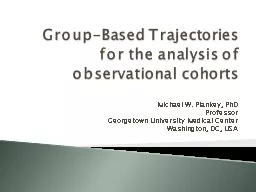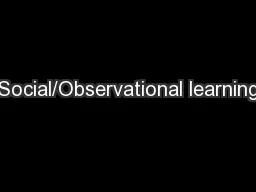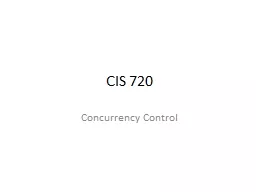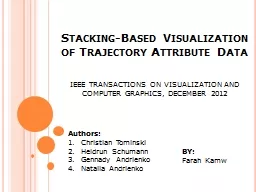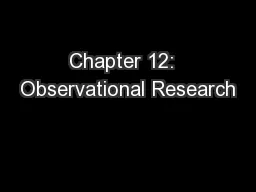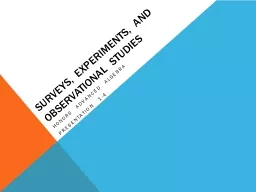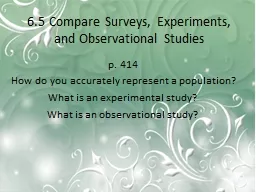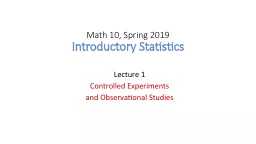PPT-Group-Based Trajectories for the analysis of observational cohorts
Author : briana-ranney | Published Date : 2019-11-03
GroupBased Trajectories for the analysis of observational cohorts Michael W Plankey PhD Professor Georgetown University Medical Center Washington DC USA 7087 Men
Presentation Embed Code
Download Presentation
Download Presentation The PPT/PDF document "Group-Based Trajectories for the analysi..." is the property of its rightful owner. Permission is granted to download and print the materials on this website for personal, non-commercial use only, and to display it on your personal computer provided you do not modify the materials and that you retain all copyright notices contained in the materials. By downloading content from our website, you accept the terms of this agreement.
Group-Based Trajectories for the analysis of observational cohorts: Transcript
Download Rules Of Document
"Group-Based Trajectories for the analysis of observational cohorts"The content belongs to its owner. You may download and print it for personal use, without modification, and keep all copyright notices. By downloading, you agree to these terms.
Related Documents

